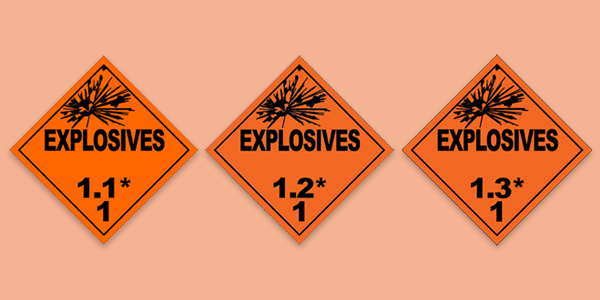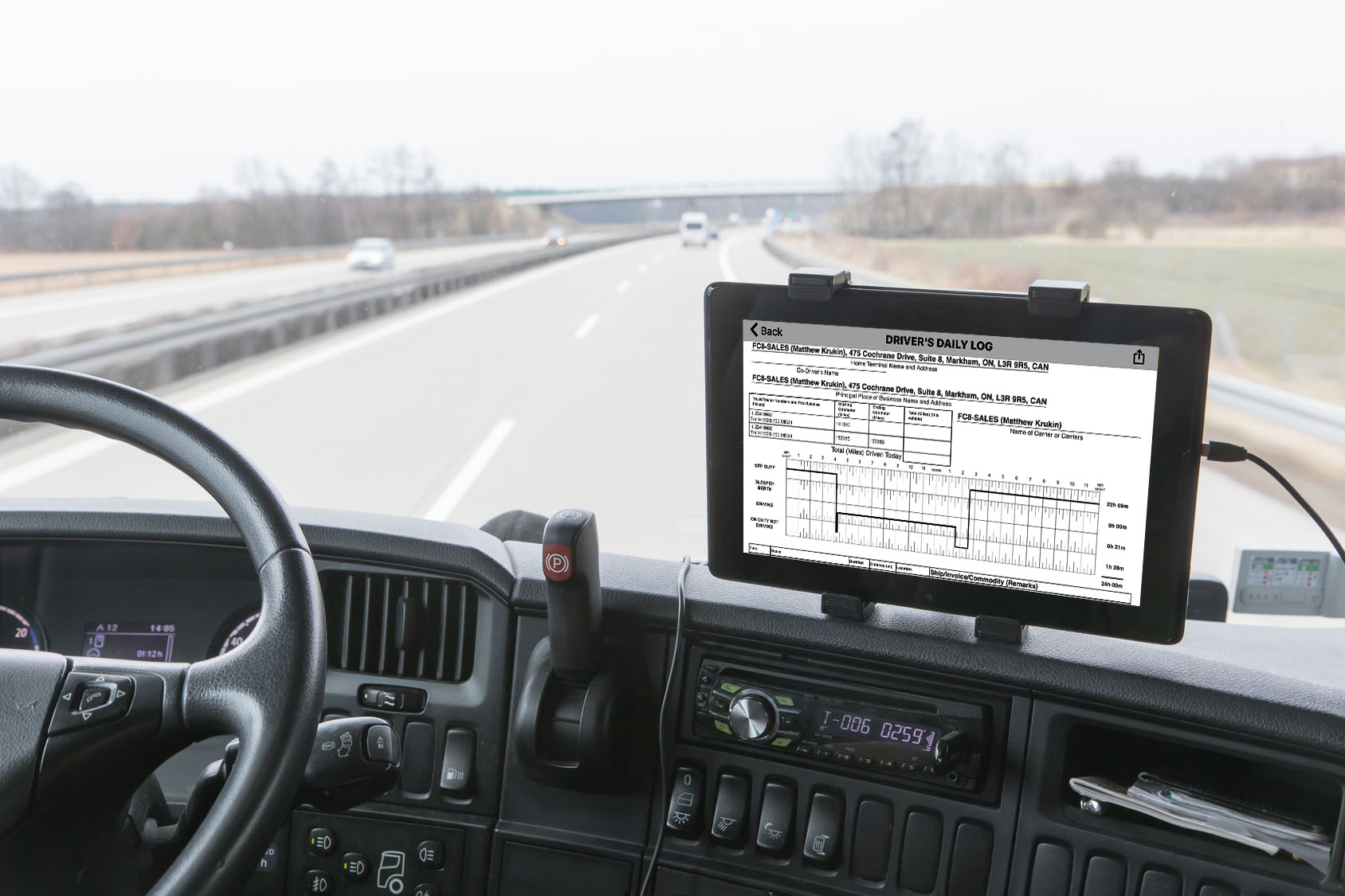The term ‘commercial motor vehicle’ is referenced a total of 101 times in Part 395, yet a proper definition is not provided to clearly describe what exactly a commercial motor vehicle for the purposes of hours of service.
A commercial motor vehicle is defined in ‘PART 390—FEDERAL MOTOR CARRIER SAFETY REGULATIONS; GENERAL’.
In Part 390, a commercial motor vehicle is referenced 165 times. In this regulation, a commercial motor vehicle means any self-propelled or towed motor vehicle used on a highway in interstate commerce to transport passengers or property when the vehicle—
- Has a gross vehicle weight rating or gross combination weight rating, or gross vehicle weight or gross combination weight, of 4,536 kg (10,001 pounds) or more, whichever is greater; or
- Is designed or used to transport more than 8 passengers (including the driver) for compensation; or
- Is designed or used to transport more than 15 passengers, including the driver, and is not used to transport passengers for compensation; or
- Is used in transporting material found by the Secretary of Transportation to be hazardous under 49 U.S.C. 5103 and transported in a quantity requiring placarding under regulations prescribed by the Secretary under 49 CFR, subtitle B, chapter I, subchapter C.
A commercial motor vehicle is defined yet again in ‘PART 383—COMMERCIAL DRIVER’S LICENSE STANDARDS; REQUIREMENTS AND PENALTIES’.
In Part 383, a commercial motor vehicle (CMV) is referenced 74 times, and with a different definition. In this case, a CMV means a motor vehicle or combination of motor vehicles used in commerce to transport passengers or property if the motor vehicle is a—
- Combination Vehicle (Group A)—having a gross combination weight rating or gross combination weight of 11,794 kilograms or more (26,001 pounds or more), whichever is greater, inclusive of a towed unit(s) with a gross vehicle weight rating or gross vehicle weight of more than 4,536 kilograms (10,000 pounds), whichever is greater; or
- Heavy Straight Vehicle (Group B)—having a gross vehicle weight rating or gross vehicle weight of 11,794 or more kilograms (26,001 pounds or more), whichever is greater; or
- Small Vehicle (Group C) that does not meet Group A or B requirements but that either—
- Is designed to transport 16 or more passengers, including the driver; or
- Is of any size and is used in the transportation of hazardous materials as defined in this section.
My question is, when there are two different definitions in two distinct regulations, with the actual HOS regulation Part 395 being silent on how a CMV is defined, what guidance can FMCSA provide on the proper definition?




































































































